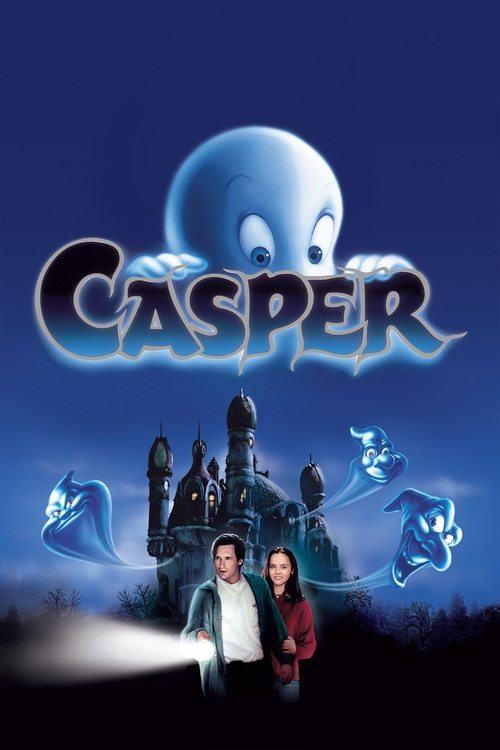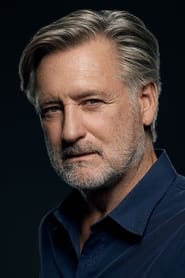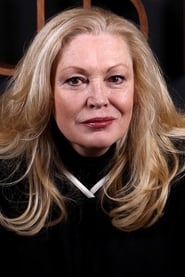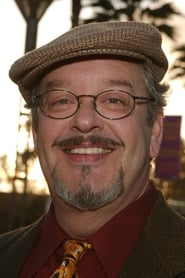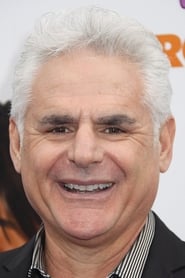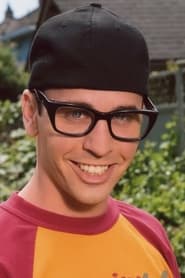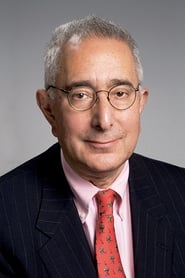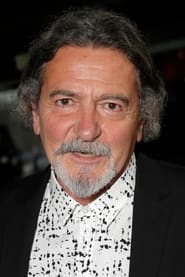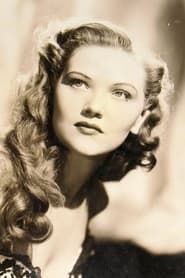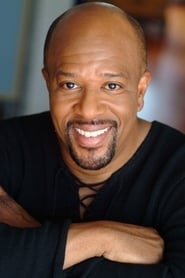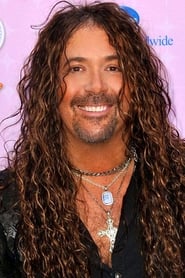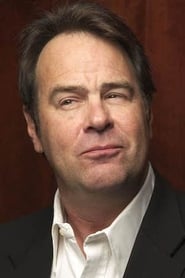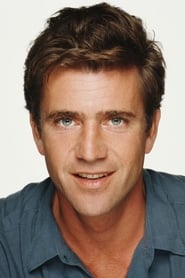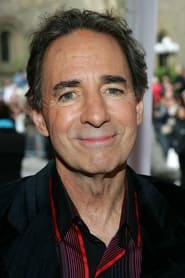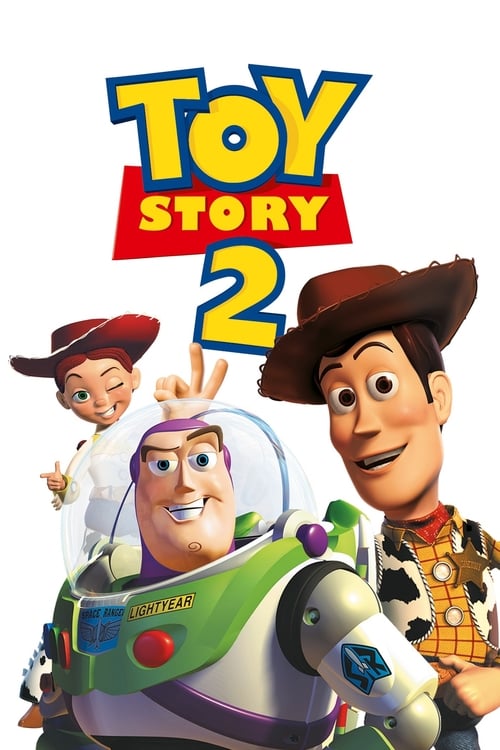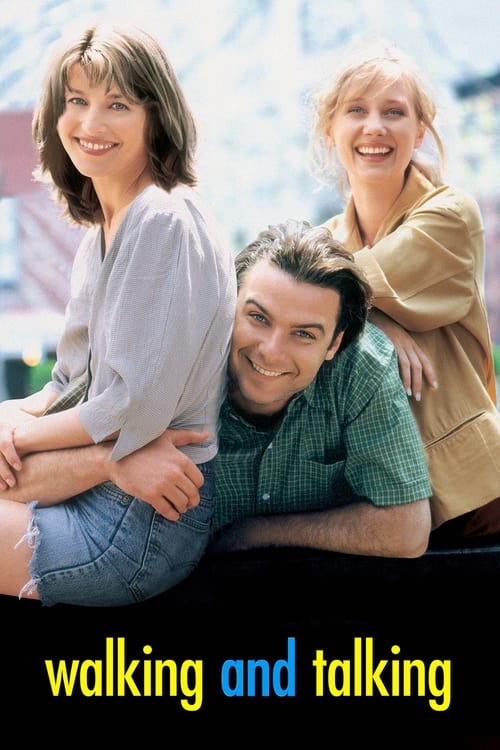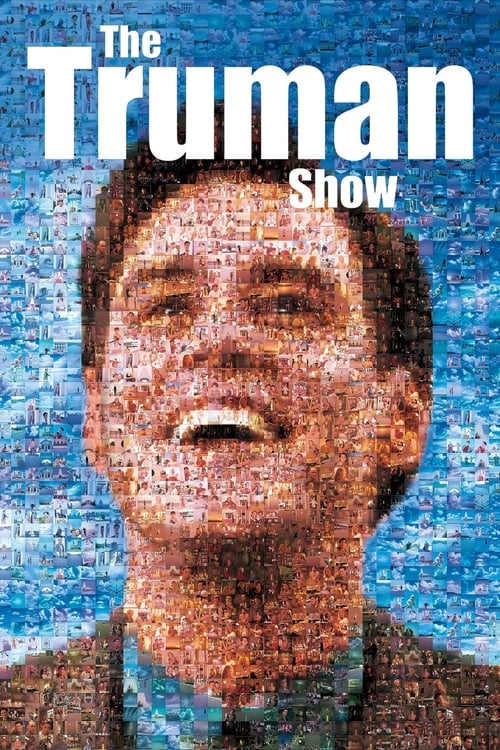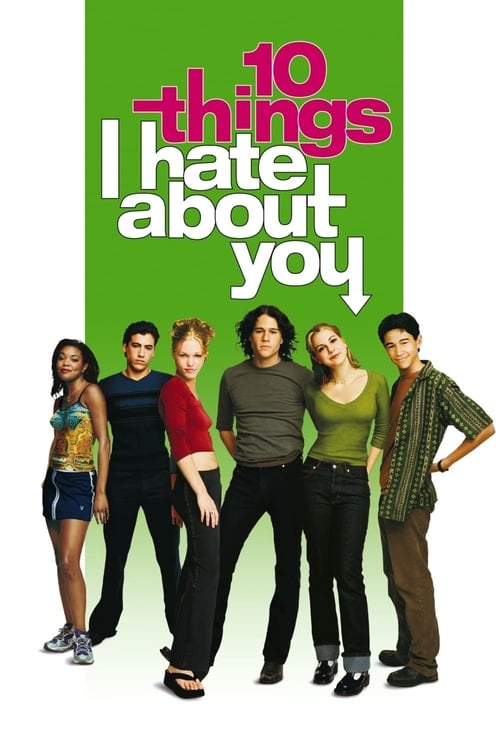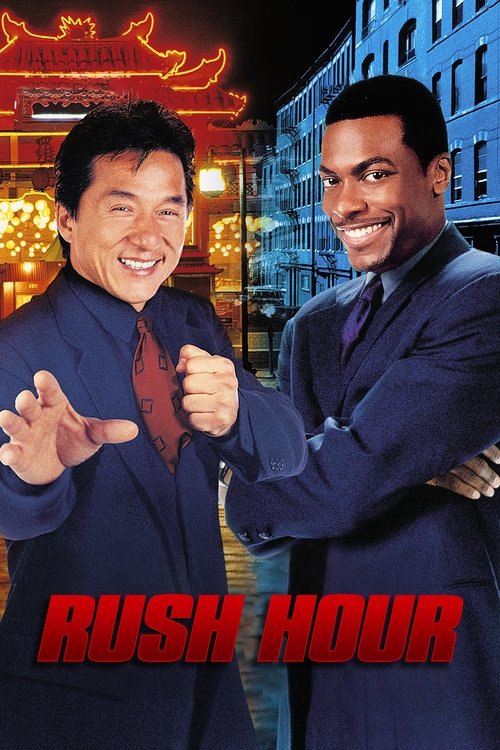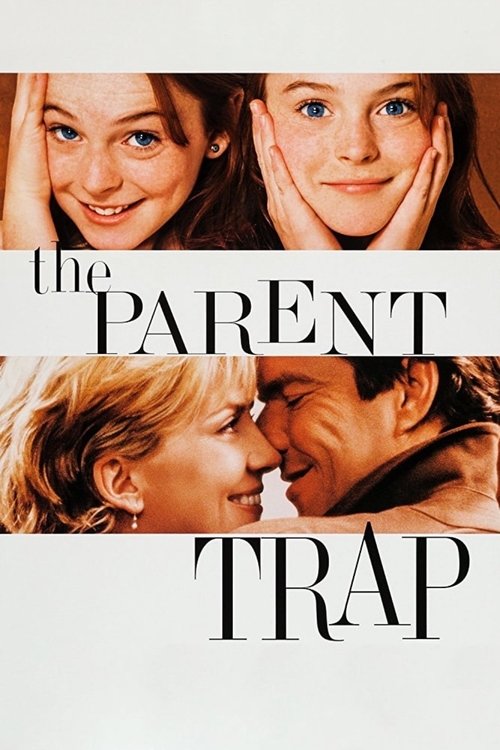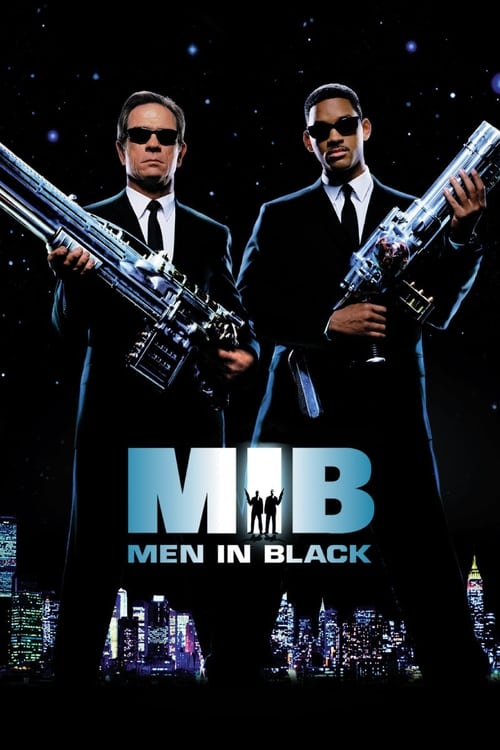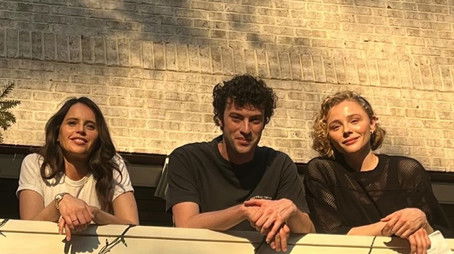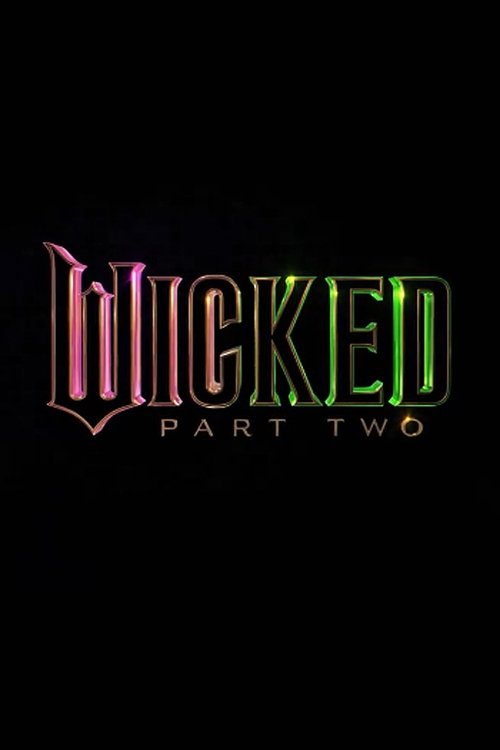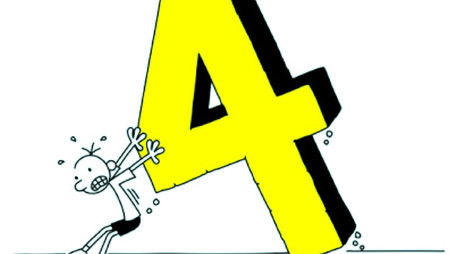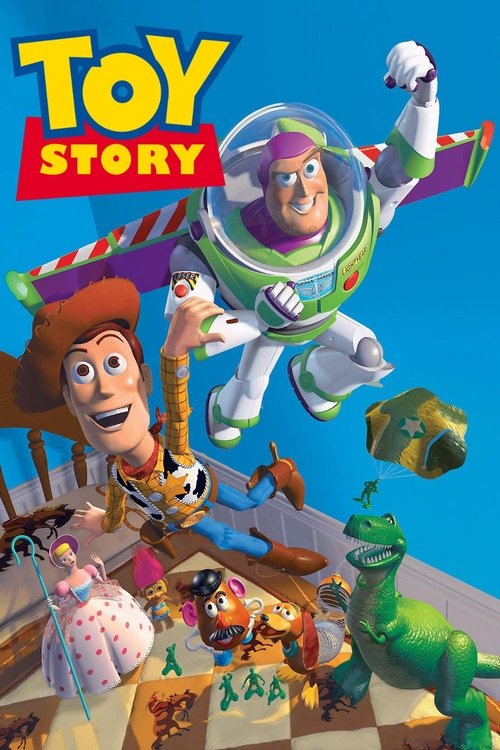
Ask Your Own Question
What is the plot?
The cold, gray light of a Maine autumn morning seeps through the cracked windows of Whipstaff Manor, a sprawling Art Nouveau mansion nestled in the quiet town of Friendship. The air inside is thick with dust and the scent of forgotten years. The heavy oak doors creak open as Carrigan Crittenden, a sharp-tongued, neurotic heiress, steps inside, her heels clicking sharply against the marble floor. She is followed by her loyal but perpetually nervous lawyer and friend, Dibs. The two have just learned that Carrigan's recently deceased father left her nothing but this decaying estate--his vast fortune distributed to charities. Dibs, ever the optimist, discovers a hidden map tucked within the will's papers, a cryptic clue suggesting a treasure buried somewhere within the manor's walls. Their eyes gleam with greed, but neither is prepared for what awaits them.
Unseen by the living, Casper McFadden, a gentle, translucent boy ghost, drifts through the halls. He watches Carrigan and Dibs with quiet curiosity, his form flickering like candlelight. Casper is the only ghost in Whipstaff who seeks peace; his three uncles--Stretch, Fatso, and Stinkie, collectively known as the Ghostly Trio--are rowdy, mischievous spirits who delight in tormenting the living. The Trio materialize with a burst of ectoplasm, their laughter echoing through the empty rooms. They taunt Carrigan and Dibs, sending furniture flying and doors slamming shut. The new owners are terrified, but the ghosts cannot be banished so easily.
Meanwhile, in a small town far from Friendship, Dr. James Harvey, a paranormal therapist, sits in a dimly lit studio, his face illuminated by the glow of a television screen. He is a man haunted by his own grief, searching for a way to contact the spirit of his late wife, Amelia. Beside him is his teenage daughter, Kathleen "Kat" Harvey, a sharp, sardonic girl with a fondness for black clothing and a deep resentment toward her father's obsession with the dead. On the news, a segment airs about James's latest case--a ghost psychiatrist helping spirits move on. Casper, watching the same broadcast from Whipstaff, is instantly smitten with Kat. He sees in her a kindred spirit, someone who understands loneliness. Determined to meet her, Casper uses his ghostly powers to guide Carrigan's attention to the news report, hoping she will summon James to Whipstaff to exorcise the ghosts.
Carrigan, desperate to rid the manor of its spectral inhabitants, contacts James Harvey. The Harveys pack their bags and arrive at Whipstaff Manor, the autumn wind howling around the ancient structure. Kat is immediately wary, her eyes scanning the shadowy corners. The Ghostly Trio, sensing fresh prey, descend upon the newcomers with a barrage of pranks--furniture levitates, portraits scream, and the air fills with the sound of ghostly laughter. James, ever the professional, tries to reason with the spirits, but the Trio only grow more chaotic. Casper, watching from the shadows, longs to help, but his uncles' antics drive the Harveys away.
The next morning, Casper makes his move. He appears in the kitchen, his form shimmering as he prepares breakfast for the Harveys. Kat is startled but intrigued. Casper's gentle demeanor and childlike innocence begin to break down her defenses. "You know that tingling feeling when your foot falls asleep?" he asks, his voice soft and curious. "I think I'm made of that." Kat laughs, and for the first time, Casper feels a connection. The Ghostly Trio, however, are not so easily won over. They continue their torment, but James, armed with a vacuum cleaner, manages to subdue them, trapping them in a containment unit.
As the days pass, Kat and Casper grow closer. She confides in him about her mother's death and her father's obsession with the afterlife. Casper, in turn, shares fragments of his own past--memories of a lonely childhood, of sledding in the snow, and of his father, a brilliant but eccentric inventor obsessed with the mysteries of life and death. Kat, inspired by Casper's story, begins to research the history of Whipstaff Manor. She discovers a newspaper clipping about Casper's father and his groundbreaking invention: a machine capable of bringing the dead back to life. The article mentions a secret laboratory hidden beneath the manor, where the inventor was sent to an asylum before he could complete his work.
Kat and Casper set out to find the laboratory, their search leading them deep into the bowels of Whipstaff. The air grows colder, the walls lined with strange contraptions and forgotten experiments. At last, they uncover the hidden vault, its door sealed with a complex lock. Inside, they find the Lazarus machine, a towering device of wires and glass tubes, and a single vial of glowing liquid--the resurrection potion. Casper's heart races. This is his chance to become human again, to live a life he never had.
Meanwhile, Carrigan and Dibs, still searching for the treasure, stumble upon the same vault. Their greed drives them to ignore the dangers, and they begin to dismantle the machine, hoping to find gold or jewels. Casper and Kat arrive just in time to stop them, but the confrontation is tense. Carrigan, furious, demands to know what they are hiding. Kat reveals the truth about the Lazarus machine, but Carrigan scoffs, dismissing it as nonsense. She and Dibs leave, determined to continue their search.
Back at Whipstaff, James Harvey struggles to connect with the Ghostly Trio. He holds therapy sessions with them, hoping to help them move on. The Trio, however, are more interested in tormenting him than in introspection. One night, after a particularly frustrating session, James becomes despondent. The Trio, sensing his vulnerability, decide to take him out on the town, hoping to kill him and make him their fourth member. They lead him to a bar, where James drowns his sorrows in alcohol. The Trio, drunk and rowdy, take him to the streets of Friendship, where they play pranks and cause chaos. But as the night wears on, James, in a moment of drunken honesty, declares that he will tell Carrigan to leave the Trio alone, allowing them to stay in Whipstaff. The Trio, touched by his words, have a change of heart. But fate intervenes. As they walk through the town, James accidentally falls into an open street construction trench, his body crumpling to the ground. The Trio, horrified, realize too late that their prank has gone too far. James Harvey is dead.
The news of James's death reaches Kat, who is devastated. She blames herself for not being there to protect him. Casper, seeing her pain, knows what he must do. He and Kat return to the laboratory, determined to use the Lazarus machine to bring James back. But the potion can only be used once, and Casper knows that if he uses it to resurrect James, he will lose his own chance to become human. The Ghostly Trio, now remorseful, help them retrieve the potion from the vault. Carrigan and Dibs, still searching for the treasure, arrive at the laboratory just as Casper is about to make his choice.
The tension is palpable. Carrigan, desperate to claim the treasure, tries to stop them, but Kat stands her ground. "This isn't about gold," she says, her voice trembling. "This is about my father." Casper looks at Kat, his heart heavy with love and sorrow. "I want to be human," he admits, "but I want you to be happy more." With a deep breath, he hands the potion to Kat. She pours it into the Lazarus machine, and the device hums to life. James Harvey's spirit appears, his form flickering like Casper's. The machine activates, and James is restored to life, his body whole and warm.
Casper, now a ghost once more, watches as Kat embraces her father. The Ghostly Trio, moved by Casper's sacrifice, vow to protect Whipstaff and its inhabitants. Carrigan and Dibs, realizing the futility of their greed, leave the manor, their quest for treasure abandoned. The Halloween party at Whipstaff is a success, the mansion filled with laughter and music. Kat, now popular among her classmates, feels a sense of belonging she never had before.
As the credits roll, Casper stands alone in the moonlit garden, his form glowing softly. "Boo!" he says, a playful smile on his face. The camera pans out, showing Whipstaff Manor alive with light and joy, a place no longer haunted by loneliness but filled with the warmth of friendship and love. Casper's sacrifice has given Kat and her father a second chance, and though he remains a ghost, his spirit is free.
What is the ending?
At the end of the movie "Casper," Casper the friendly ghost helps his new friend Kat and her father, Dr. James Harvey, confront the malevolent spirits of his uncles. After a series of events, Casper sacrifices his chance to become human to save Kat and her father. In the end, Casper's uncles are sent to the afterlife, and Casper is left as a ghost, but he finds peace in his friendship with Kat. The film concludes with a heartfelt moment as Casper and Kat share a dance, symbolizing their bond.
Now, let's delve into the ending in a more detailed, chronological narrative.
As the climax of the story unfolds, we find ourselves in the eerie mansion where Casper resides with his mischievous uncles, Stretch, Fatso, and Stinkie. The atmosphere is thick with tension as Dr. James Harvey, played by Bill Pullman, and his daughter Kat, portrayed by Christina Ricci, confront the ghostly trio. The uncles, who have been causing chaos throughout the film, are determined to scare the living daylights out of the new inhabitants of their home.
In a pivotal moment, Casper, who has developed a deep friendship with Kat, realizes that his uncles' antics are putting her and her father in danger. He feels a surge of determination to protect them, despite his own longing to become human. As the uncles unleash their ghostly powers, Casper steps forward, bravely confronting them. He pleads with them to stop their torment, revealing his desire for friendship rather than fear.
The scene shifts dramatically as Casper makes a selfless decision. He chooses to use the power of the "Portal to the Afterlife," a mystical doorway that can grant him humanity, to save Kat and her father. In a moment filled with emotional weight, Casper tells Kat that he would rather be a ghost with her than a human without her. This poignant declaration showcases his deep affection for her and his willingness to sacrifice his own dreams for her safety.
As the uncles continue their rampage, Casper's act of bravery triggers a transformation. The portal opens, and Casper's uncles are drawn into it, finally facing the consequences of their actions. They are sent to the afterlife, leaving Casper behind. The moment is bittersweet; while Casper has lost his chance to become human, he has gained a sense of closure and peace, knowing that he has protected his friends.
In the aftermath, the mood shifts to one of warmth and connection. Kat, who has been searching for a sense of belonging throughout the film, finds solace in her friendship with Casper. They share a tender moment as they dance together in the moonlight, a scene filled with ethereal beauty. Casper, glowing softly, embodies the spirit of friendship and love, while Kat's smile reflects her acceptance of him as he is.
Dr. Harvey, witnessing this heartfelt connection, realizes the importance of embracing the supernatural and the bonds that transcend life and death. He acknowledges Casper as a true friend to his daughter, and the three of them share a moment of unity, symbolizing the blending of their worlds.
As the film draws to a close, Casper remains a ghost, but he is no longer alone. He has found a family in Kat and her father, and the final scene leaves viewers with a sense of hope and warmth. The mansion, once a place of fear, is now filled with laughter and love, showcasing the transformative power of friendship and acceptance.
In summary, the fates of the main characters are as follows: Casper remains a ghost, but he finds peace and companionship with Kat and Dr. Harvey. Kat gains a true friend in Casper, while Dr. Harvey embraces the supernatural, finding joy in his daughter's happiness. The uncles, however, are sent to the afterlife, leaving behind their chaotic ways. The film concludes on a note of connection, emphasizing the enduring bonds of friendship that can transcend even the boundaries of life and death.
Is there a post-credit scene?
The movie "Casper," produced in 1995, does not have a post-credit scene. The film concludes with a heartwarming finale where Casper, the friendly ghost, finds peace and acceptance after helping Kat, the young girl who befriends him, and her father, Dr. James Harvey. The story wraps up with a sense of closure as Casper's spirit is freed, and he is able to move on, leaving behind a legacy of friendship and love. The credits roll without any additional scenes following them.
What is the significance of the character Casper's backstory?
Casper is a young ghost who was once a kind-hearted boy. His backstory reveals that he died from pneumonia after playing outside in the cold, which explains his gentle and friendly demeanor. This tragic past shapes his desire for friendship and acceptance, as he longs to connect with the living, contrasting with the typical ghostly behavior of scaring people.
How does the character Kat meet Casper for the first time?
Kat meets Casper when she and her father, Dr. James Harvey, arrive at the haunted Whipstaff Manor. Initially, she is frightened by the ghostly presence, but Casper quickly reveals himself as friendly and playful. Their first encounter is marked by Casper's attempts to befriend Kat, showcasing his innocence and desire for companionship.
What role does the character of Dr. James Harvey play in the story?
Dr. James Harvey, played by Bill Pullman, is a paranormal therapist who is hired to exorcise the ghosts from Whipstaff Manor. His character is driven by a desire to help others, but he also struggles with his own grief over the loss of his wife. His relationship with his daughter, Kat, is central to the plot, as he tries to connect with her while dealing with the supernatural elements of the manor.
What are the motivations of the three mischievous ghosts, Stretch, Fatso, and Stinkie?
Stretch, Fatso, and Stinkie are Casper's uncles who embody the more traditional ghostly traits of mischief and scare tactics. Their motivations stem from a desire to maintain their ghostly reputation and to frighten the living, particularly Kat and Dr. Harvey. However, their antics often lead to comedic situations, and they ultimately reveal a more complex relationship with Casper, who seeks to befriend the living.
How does the character of Kat evolve throughout the film?
Kat starts as a lonely and somewhat rebellious teenager who feels out of place after moving to Whipstaff Manor with her father. Throughout the film, her character evolves as she forms a bond with Casper, learning to embrace her own feelings of loss and loneliness. This friendship helps her to open up emotionally, ultimately leading her to confront her fears and accept her father's work, as well as her own identity.
Is this family friendly?
"Casper," produced in 1995, is generally considered a family-friendly film, appealing to children and adults alike with its blend of humor and heartwarming moments. However, there are a few scenes and aspects that might be potentially objectionable or upsetting for younger viewers or sensitive individuals:
-
Ghostly Appearances: The film features ghosts, including Casper and his mischievous uncles, who can be frightening to some children. Their spooky appearances and antics may cause unease.
-
Themes of Loss and Grief: The backstory of Casper reveals that he is a young boy who died, which introduces themes of loss and longing. This may resonate deeply with some viewers and could be upsetting.
-
Mischievous Behavior: Casper's uncles, Stretch, Stinkie, and Fatso, engage in pranks and sometimes menacing behavior, which could be interpreted as bullying or aggressive.
-
Scary Situations: There are moments of suspense and tension, particularly when the ghosts interact with the living, which might be intense for younger audiences.
-
Emotional Moments: The film explores feelings of loneliness and the desire for friendship, which may evoke sadness in some viewers.
Overall, while "Casper" is designed to be lighthearted and entertaining, these elements may require parental guidance for younger children or those who are particularly sensitive to such themes.

